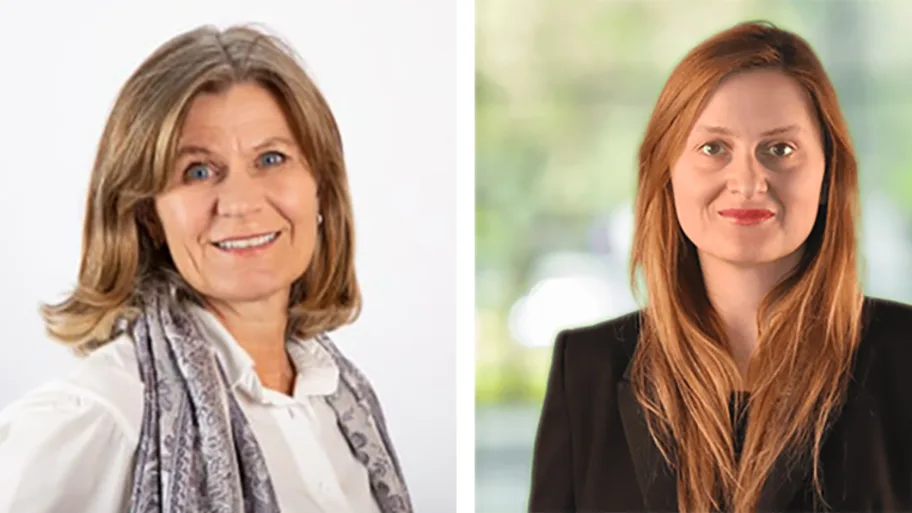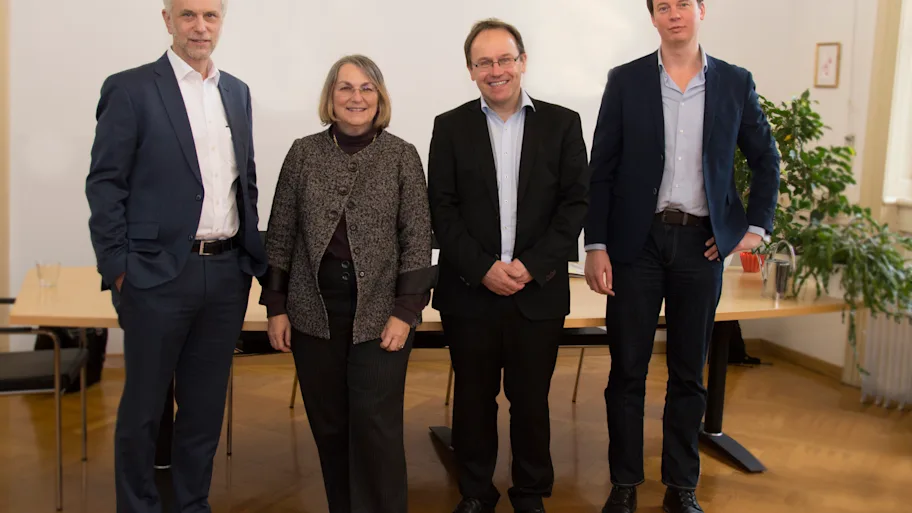
- Science News
- Open science policy
- Plan S: a landmark en route to full and immediate Open Access
Plan S: a landmark en route to full and immediate Open Access

— By Frederick Fenter, Executive Editor, Frontiers
There have been many landmarks over the last 10 years on the road to Open Access in Europe – the Budapest Open Access Initiative, the Berlin Declaration, the Amsterdam Call for Action on Open Science, the 2016 Council of the EU Conclusions on the transition to an open science system, to name just a few. Each resulted from the hard work and tenacity of pioneers from across the scholarly publishing ecosystem and each has made an important contribution.
For Robert-Jan Smits, appointed Open Access Envoy of the European Commission in 2018 and former Director-General of DG Research and Innovation, radical action was required if Europe was to achieve its world-leading commitments on full and immediate Open Access. The result was Plan S. After consultation with representatives from the research community, funding agencies, learned societies and the publishing sector, a clear strategy emerged: the power to change a system lies with those who hold the money.
Announced in September 2018 by Marc Schiltz, President of Science Europe, Plan S brings together an international coalition of 16 research funders, “cOAlition S”, supported by the European Commission and the European Research Council, who have mandated that from 1 January 2020 all scholarly articles resulting from research funded by their grants must be openly available immediately on publication.
The initial 10 principles of the plan have been supplemented by implementation guidance that is open for public feedback until 1 February 2019. Importantly, cOAlition S does not favor any specific business model or route for Open Access publishing. Grantees will be able to choose to publish in compliant Open Access journals or platforms, with nine compliant routes to Open Access having been identified.
Among its next steps, cOAlition S will establish mechanisms for identifying and signalling compliance among journals, platforms and repositories, commission an independent study on Open Access publication costs and fees, and support mechanisms to ensure that compliant publication routes exist in all disciplines. Meanwhile, two of its members have announced a project to explore how learned societies can implement compliant publishing models.
Like any bold initiative, Plan S has stimulated vigorous debate. However, most stakeholders — including organizations representing funders, researchers, universities — have supported it. In a recent development, US academic Michael Eisen published an open letter petition in support of Open Access funder mandates that make research immediately, freely and openly available without restrictions on access or use — which at the time of writing, has gained over 1,800 signatures. Garnering the community support to funders’ open publishing mandates is paramount to keep the open access momentum high on the political agenda. You can show your support by adding your name to the open letter.
Will Plan S be the tipping point for an accelerated transition to full and immediate open access? This depends in large part on the membership and international reach of cOAlition S beyond Europe. The early membership of Wellcome Trust and the Bill and Melinda Gates Foundation — two of the largest international biomedical researcher funders — is highly significant. Moreover within the last week, expressions of support from the China’s National Science Library and National Science and Technology Library, and the Natural Science Foundation of China (one of the major research funders in China) have given a major boost to the initiative.
At Frontiers we believe Plan S will come to be seen as an important landmark in the transition to a full and immediate Open Access system in Europe and beyond. The current system can been compared to a super tanker: it takes a long time to turn but cOAlition S has certainly pulled hard on the rudder — and in the right direction.






